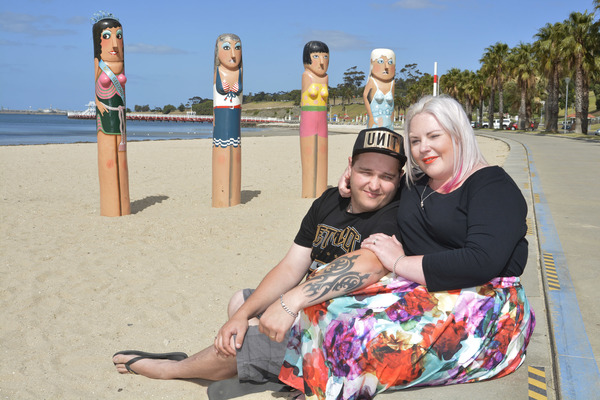
By Lindsay Smail
The end of November marked another below-average month for rain across the Geelong region.
Except for a small area around Lismore, the Geelong-Otway region recorded well-below average rain for the fourth month in a row. Not since July has Geelong received its monthly average.
Geelong’s urban area averaged only 27mm compared to the normal November total to 53mm.
The month capped a disastrous spring for the region, when rain around Geelong normally totals 50mm to 60mm a month. This year’s spring resulted in less than half the 30-year average for rain.
As a result, the region’s water catchments finished spring at only 55 per cent of capacity, with West Barwon Reservoir less than a third full.
The parlous state of the storages and stretch of below-average monthly rain is not a good start to summer, which usually delivers maximum usage of water.
The only good news on the horizon is the expected breakdown of El Nino in the early new-year, with more rain expected and continuing into the following months.
The dry period has also coincided with a warmer November than normal and a much warmer spring than the latest 30-year average.
Five days were over 35C for the month, with the maximum reaching 35.9 C on 9 November.
November was 1.45C warmer than normal and spring overall was 1.2C warmer by virtue of the hottest October on record.
Two thunder days were recorded on 5 and 30 November, with a single instance of light hail on the 26th.
Three days of very strong wind gusts were recorded on 25, 26 and 30 November. The maximum gust of 83km/h was recorded at Breakwater on 25 November, which also delivered some minor tree damage.
Queen’s Park recorded a maximum of 93km/h and some gusts were over 100km/h at Mt Gellibrand the same day.
And just for the record, a small 2.2-magnitude earthquake was registered near Anakie on 7 November.







